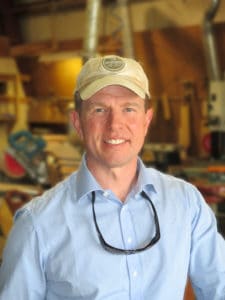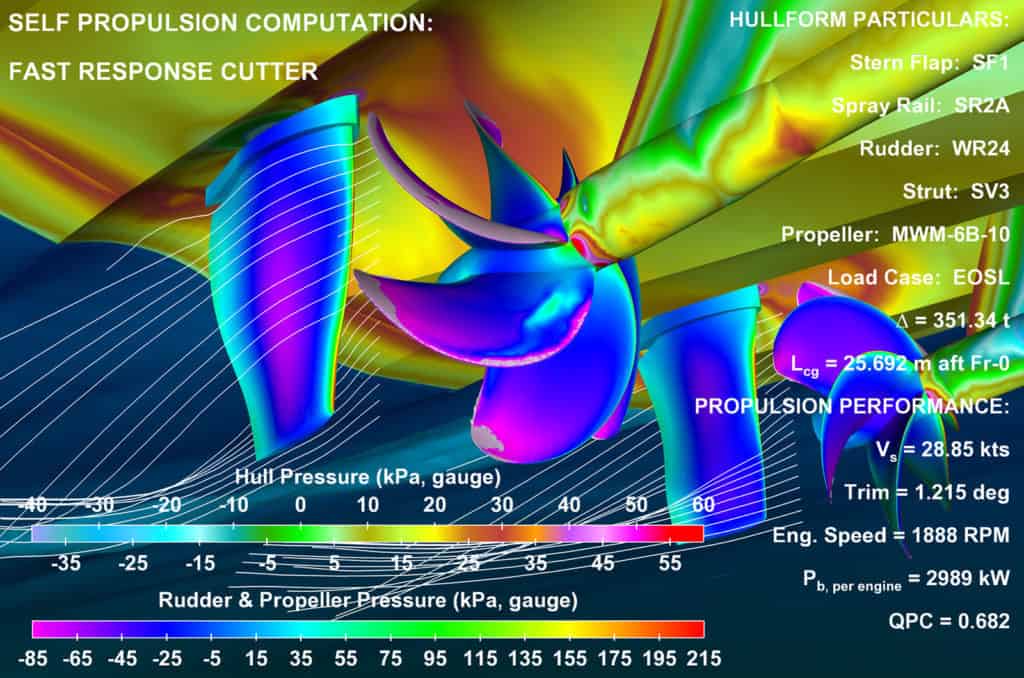DR. BRANT SAVANDER
Maritime Research Associates, LLC
Principal Research Scientist / Maritime Research Associates, LLC
UM NAME MSE ’90, UM NAME PhD ’97

BIO:
Dr. Savander has been conducting research and working as a consulting naval architect for the past 27 years. He started his career with a bachelor’s degree in Maritime Systems Engineering from Texas A&M University and upon graduating, immediately came to the University of Michigan to pursue a master’s degree in Naval Architecture and Marine Engineering. After completing his master’s, he accepted a full-time position as an ocean engineer with Exxon Production Research Company, where he worked on the hydrodynamics of offshore platforms using experimental and numerical methods. After a few years in the industry, he returned to the University of Michigan to pursue a Ph.D. with a research focus on planing hull hydrodynamics, which positioned him for his current career.
CAREER:
Upon graduating, Dr. Savander started his first consulting business with his doctoral advisor, Professor Vorus, in New Orleans, LA, where he worked on propeller hydrodynamics for five years. He then moved back to Michigan to join Design Research Engineering as a forensics engineer, where he conducted accident investigations and provided technical expertise in court. After eight years as a forensics engineer, Dr. Savander came back to Ann Arbor, MI to start the consulting firm Maritime Research Associates, LLC (MRA) with his wife Connie Savander. As a principal research scientist, he pursues his interests in design and analysis of hull systems for commercial, recreational, and military applications, working with the U.S. Navy, Army Corps of Engineering, Coast Guard, and NASA among others. These design and analysis activities have included both maneuvering and seakeeping of high and low-speed hull forms. He has conducted experimental and numerical research in the areas of steady and unsteady planing hull hydrodynamics and free surface impact. Dr. Savander has also been active in the design, analysis, and research of propulsion systems that include cavitating, ventilating, and surface piercing propellers. All of these design and analysis activities are largely driven by simulation-based design, which consists of parametric geometry definition coupled to computational mechanics tools, such as RANS and FEA, via a selected optimization framework.

In addition to his work at Maritime Research Associates, Dr. Savander has been an instructor for courses in small craft design, and resistance-and-propulsion, at the University of Michigan Department of Naval Architecture and Marine Engineering. In looking back at his days as a student in Ann Arbor, Dr. Savander notes that he uses his degree every day when performing seakeeping, propulsion, and maneuvering analyses, which underscores the importance of all department classes. Additionally, computational methods and related tools have become increasingly common in the field, so he advises students to learn coding and use it consistently in their courses, even if not required. With strong technical knowledge and solid coding skills, you can do anything.
ADVICE FOR STUDENTS: “Being able to experience successful sea trials as a result of your design efforts is extremely rewarding. The field is fun, exciting, and you can make a great living. Apply yourself and discover this unique industry starting with the many internships available every summer.”